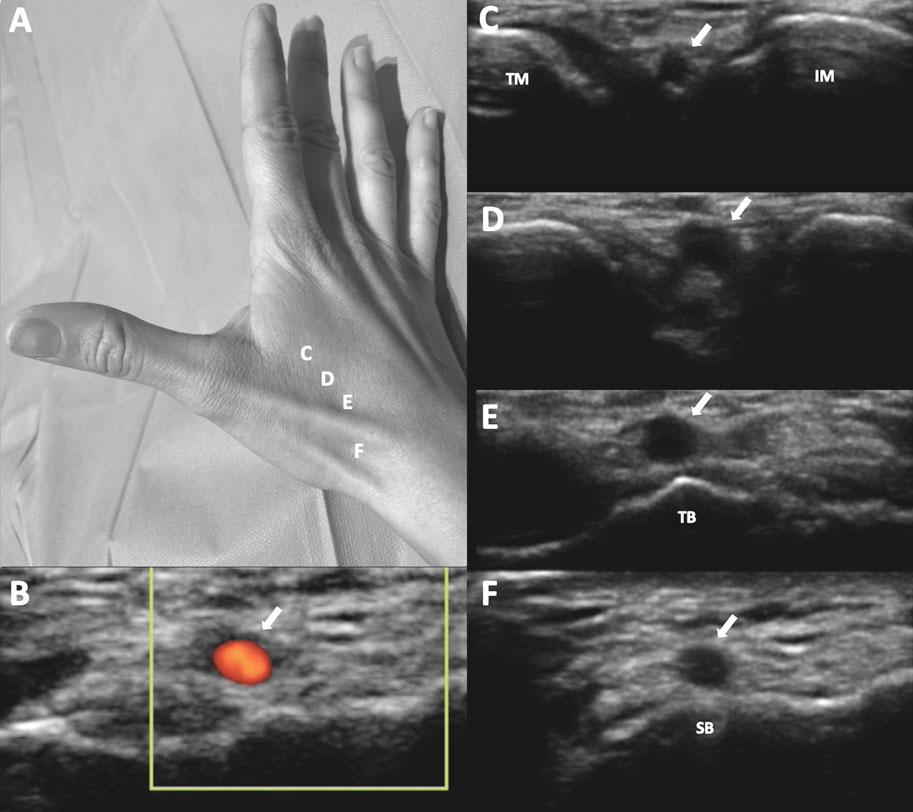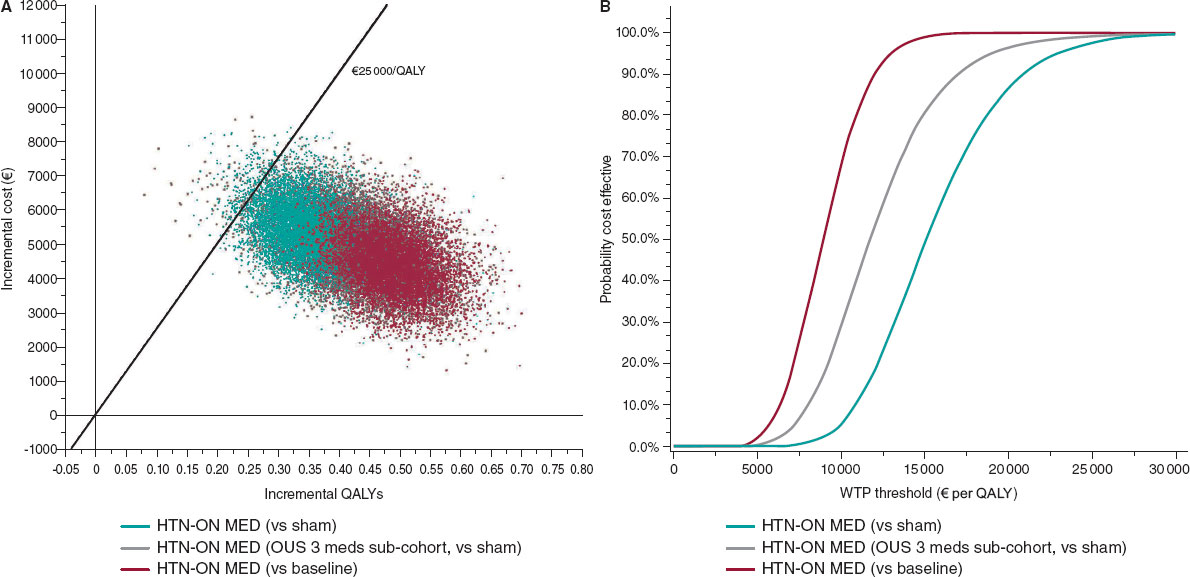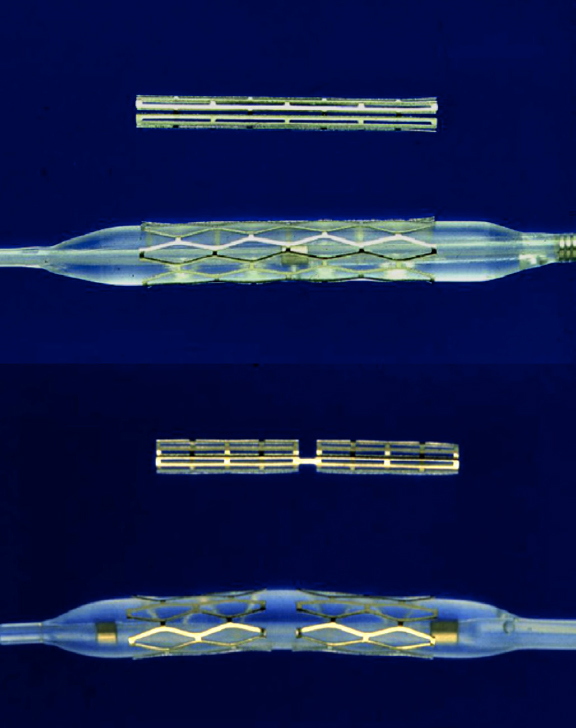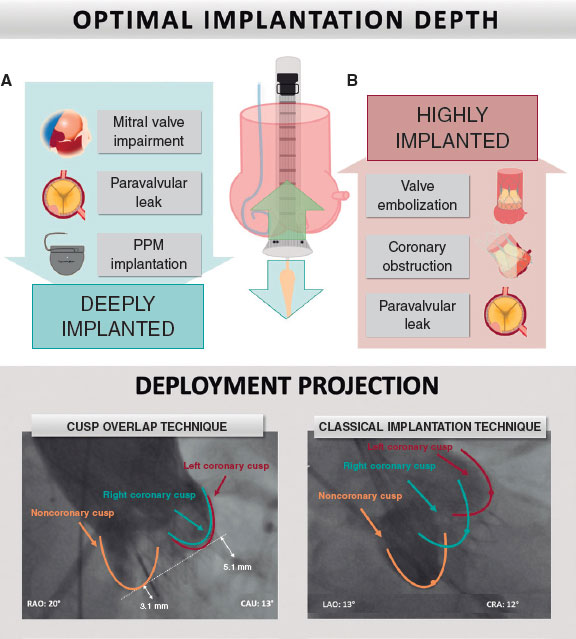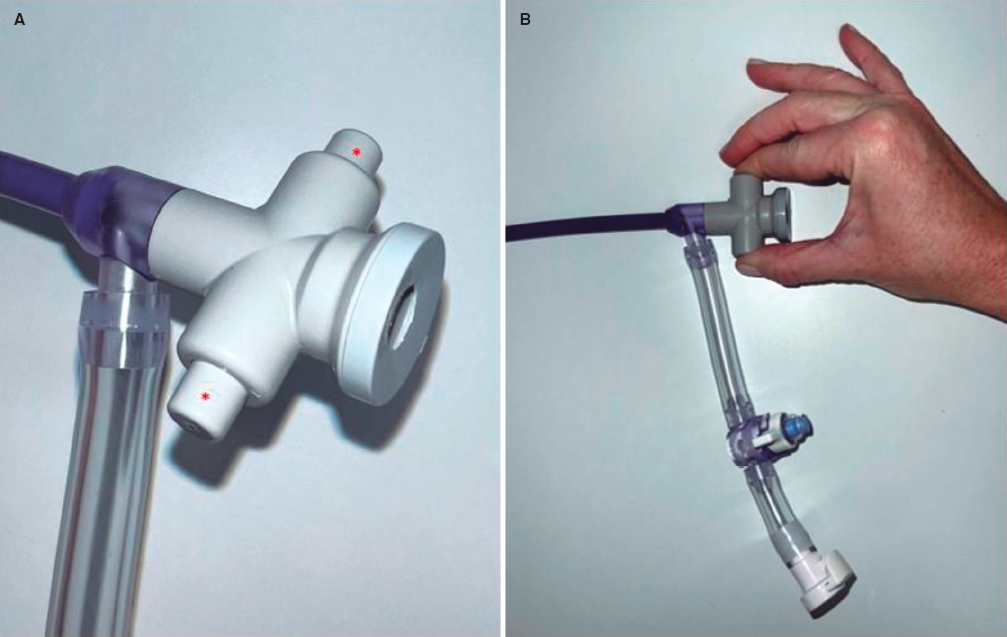QUESTION: Compared to the pressure guidewire what possible advantages does coronary angiography-derived fractional flow reserve (FFRangio) have and what is the current clinical evidence?
ANSWER: Different physiological indices have been developed lately from the 3D reconstruction of the angiogram based on 2 projections and the application of fluid dynamics algorithms. These indices estimate fractional flow reserve (FFR) semi-invasively because, although they are based on percutaneous coronary angiography with contrast, pressure guidewires or drugs are not necessary in the coronary artery.
The most widely studied software package to obtain these indices is the one designed by Medis (QAngio XA 3D, Medis Medical Imaging System, The Netherlands), but there are others in the pipeline.1 The actual software allows us to obtain the baseline quantitative flow ratio (QFR) (fixed QFR [fQFR]). There is another one that adds the speed of the flow of contrast to the estimate (contrast QFR [cQFR]) by quantifying the TIMI frame count. It can also obtain the adenosine-flow QFR (aQFR) with the administration of adenosine and the residual QFR after a hypothetic percutaneous treatment of the lesion.
To this day, the current studies on FFRangio basically focus on analyzing its match (especially that of cQFR) with FFR or the instantaneous wave-free ratio (iFR) obtained using invasive techniques. A study confirmed the modest diagnostic association with the nuclear test,2 but similar to the FFR obtained invasively.
Most of the current evidence shows excellent QFR-FFR matches (> 90%) with the cut-off value of 0.80 with areas under the ROC curve > 0.90.
Two recent meta-analyses reviewed 1721 and 969 vessels studied.3,4 In one of them3 with a 87% match (95% confidence interval [95%CI], 85-89) without any significant differences between the QFR predictive value obtained online and the one estimated at the core lab. The cQFR-iFR match has proven similar to that of the FFR obtained invasively with mismatch classifications of 20%.5
To this day, no follow-up studies or event analyses have reviewed the clinical safety of guiding the intervention with FFRangio compared to FFR.
The theoretical advantages of using FFRangio are:
- It is less invasive. It avoids complications associated with passing the intracoronary guidewire trough the lesion that, though scarce, can still happen.
- It does not require vasodilators. The availability of new non-hyperemic indices does not require the use of drugs with pressure guidewires either.
- Time of assessment is significantly shorter. In the FAVOR II China study, the difference was 4.8 minutes (95%CI, 3.5-6) versus 7 minutes (95%CI, 5.0-10) (P < .001).6 However, this difference of less than 3 minutes is questionable as a practical advantage and should be evaluated in the routine clinical practice.
- Saving costs in intracoronary guidewires and vasodilators; however, no study on costs has been conducted so far and the costs of the software have not been considered either (a “pay per use” model per study conducted after the initial payment plus updates has been suggested). This may require acquiring additional hardware.
- It facilitates the offline functional assessment of non-culprit lesions, thus avoiding new procedures especially of angiographies performed after the infarction acute phase.
Q.: Which do you think are the technical limitations of FFRangio?
A.: FFRangio is nothing but a sophisticated analysis of quantitative angiography. Conceptually, it has the limitation of any functional estimate that uses imaging modalities. In theory, it does not consider factors that may impact the functional repercussion of stenosis or the possible benefit of revascularization such as the size of the irrigated area, the existence of collateral circulation, microvascular damage or myocardial necrosis. Technically, it requires a good angiography which is not always easy to obtain. A posteriori analyses are not always available either. A retrospective study of lesions that performed invasive estimates of FFR (which can be a selection bias of the best angiograms) showed that in 10.3% of the vessels (59 out of 575) the QFR could not be determined due to quality problems in the angiography or in the visualization of the lesion.7
I think the main limitation is the need to use software for measuring purposes. It is well known that the biggest obstacle for the generalization of functional assessments is the interventionist’s trust in his own visual assessment, especially with highly stenotic lesions.8 Outlining the borders of the lesion has a subjective component that, as it happens with visual assessment, can overestimate the lesion and reduce the value of the FFR obtained.
The good results obtained in the studies come from centers experienced in physiology and trained in quantitative angiography and FFRangio. The software provider has designed an education-certification system to learn how to use it. In its current iteration it is still far from being fully automatic, which may be misunderstood after reading the studies published. It is yet to be determined whether the hemodynamic situation, the flow of contrast infused, and the way of acquiring angiographic imaging can alter the value of the QFR obtained.
Q.: Which should be the most appropriate indications for FFRangio with the current state of evidence and which do you think will be its mid-term indications?
A.: I think it is too early to make clinical decisions based on the FFRangio. The match reported in the studies will not necessarily happen in the real clinical practice in all centers, subgroups of patients, and angiograms.
As it occurs with other approaches to FFR, obtaining extreme values may lead to stop using pressure guidewires with matches > 95% (cQFR values < 0.71 or > 0.90),9 although this issue is still under discussion.
In a study of cQFR-invasive FFR match in non-culprit lesions in patients with ST-segment elevation myocardial infarction, a hybrid strategy consisting of using the pressure guidewire only with QFR values between 0.75 and 0.85 would have avoided 58.5% of the pressure guidewires, with a matching classification in 96% of the lesions.10
Patients treated with a primary angioplasty in the acute phase of the infarction could avoid second procedures in the presence of multivessel disease by just assessing the FFRangio.
The HAWKEYE clinical trial11 found that cQFR cut-off values > 0.89 after stent implantation were associated with better prognosis after interventions with drug-eluting stents. In this case the cQFR may be a substitute, in some circumstances, of the optimization of angioplasty with imaging modalities.
Q.: In your opinion, which study or studies would be necessary to bring this technique to the same level as the pressure guidewire? Do you think this will happen anytime soon?
A.: First thing we need is large studies with a large number of patients and centers to show whether it is safe to generalize the decision of revascularizing a lesion or a patient based on the FFRangio. It needs to be confirmed whether the tool actually works. Also, that it does so in most clinical settings, not only in expert hands or clinical trials. To my knowledge, the measures of QFR shown by the studies published so far have been performed by experts, not by interventionists, technicians, or nurses in each case.
Although the visual assessment of angiographic stenoses is the most popular method to decide whether to revascularize or not, there is solid evidence on its important limitations. Although with limitations, establishing functional assessment as the reference method in the clinical practice has improved objectivity and accuracy in the identification of the cases that may benefit the most from revascularization, thus avoiding unnecessary interventions.
The return to quantitative angiography, even if perfected, must ensure that it does not recede on the ground gained due to an increase in randomness in decision making.
As we saw in the case of hyperemic indices, the publication of the results of clinical trials comparing the occurrence of events based on the use of this or that technique and, above all, generalization to other manufacturers of FFRangio can favor its adoption—maybe even full replacement—in the near future.
The FAVOR III Europe-Japan clinical trial (NCT03729739) will randomize 2000 patients with intermediate lesions and stable angina or after revascularization of the infarct related artery to analyze the non-inferiority of guiding revascularization with cQFR values versus FFR values obtained using pressure guidewires.
If FFRangio proves useful and is applicable it should increase the number of physiology-guided revascularizations, and not just through visual assessment. Taking into account the reasons not to use functional assessment,8 this increase should be triggered by a change of mentality in the interventionist and clinician rather than by the greater ease of this technique.
CONFLICTS OF INTEREST
None reported.
REFERENCES
1. Fearon WF, Achenbach S, Engstrom T, et al. Accuracy of Fractional Flow Reserve Derived From Coronary Angiography. Circulation. 2019;139:477-484.
2. Sejr-Hansen M, Westra J, Winther S, et al. Comparison of quantitative flow ratio and fractional flow reserve with myocardial perfusion scintigraphy and cardiovascular magnetic resonance as reference standard. A Dan-NICAD substudy. Int J Cardiovasc Imaging. 2019. https://doi.org/10.1007/s10554-019-01737-z.
3. Westra J, Tu S, Campo G, et al. Diagnostic performance of quantitative flow ratio in prospectively enrolled patients:An individual patient-data meta-analysis. Catheter Cardiovasc Interv. 2019;94:693-701.
4. Zuo W, Yang M, Chen Y, Xie A, Chen L, Ma G. Meta-Analysis of Diagnostic Performance of Instantaneous Wave-Free Ratio versus Quantitative Flow Ratio for Detecting the Functional Significance of Coronary Stenosis. Biomed Res Int. 2019;2019:5828931.
5. Watarai M, Otsuka M, Yazaki K, et al. Applicability of quantitative flow ratio for rapid evaluation of intermediate coronary stenosis:comparison with instantaneous wave-free ratio in clinical practice. Int J Cardiovasc Imaging. 2019;35:1963-1969.
6. Xu B, Tu S, Qiao S, et al. Diagnostic Accuracy of Angiography-Based Quantitative Flow Ratio Measurements for Online Assessment of Coronary Stenosis. J Am Coll Cardiol. 2017;70:3077-3087.
7. Stahli BE, Erbay A, Steiner J, et al. Comparison of resting distal to aortic coronary pressure with angiography-based quantitative flow ratio. Int J Cardiol. 2019;279:12-17.
8. Tebaldi M, Biscaglia S, Fineschi M, et al. Evolving Routine Standards in Invasive Hemodynamic Assessment of Coronary Stenosis:The Nationwide Italian SICI-GISE Cross-Sectional ERIS Study. JACC Cardiovasc Interv. 2018;11:1482-1491.
9. Westra J, Tu S, Winther S, et al. Evaluation of Coronary Artery Stenosis by Quantitative Flow Ratio During Invasive Coronary Angiography:The WIFI II Study (Wire-Free Functional Imaging II). Circ Cardiovasc Imaging. 2018;11:e007107.
10. Lauri F, Macaya F, Mejia-Renteria H, et al. Angiography-derived functional assessment of non-culprit coronary stenoses during primary percutaneous coronary intervention for ST-elevation myocardial infarction. EuroIntervention. 2019;24. pii:EIJ-D-18-01165.
11. Biscaglia S, Tebaldi M, Brugaletta S, et al. Prognostic Value of QFR Measured Immediately After Successful Stent Implantation:The International Multicenter Prospective HAWKEYE Study. JACC Cardiovasc Interv. 2019;12:2079-2088.
Corresponding author: Vía Láctea 38, Urbanización la Glorieta, 30110 Churra, Murcia, Spain.
E-mail address: ramonlopezpalop@gmail.com (R. López Palop).




